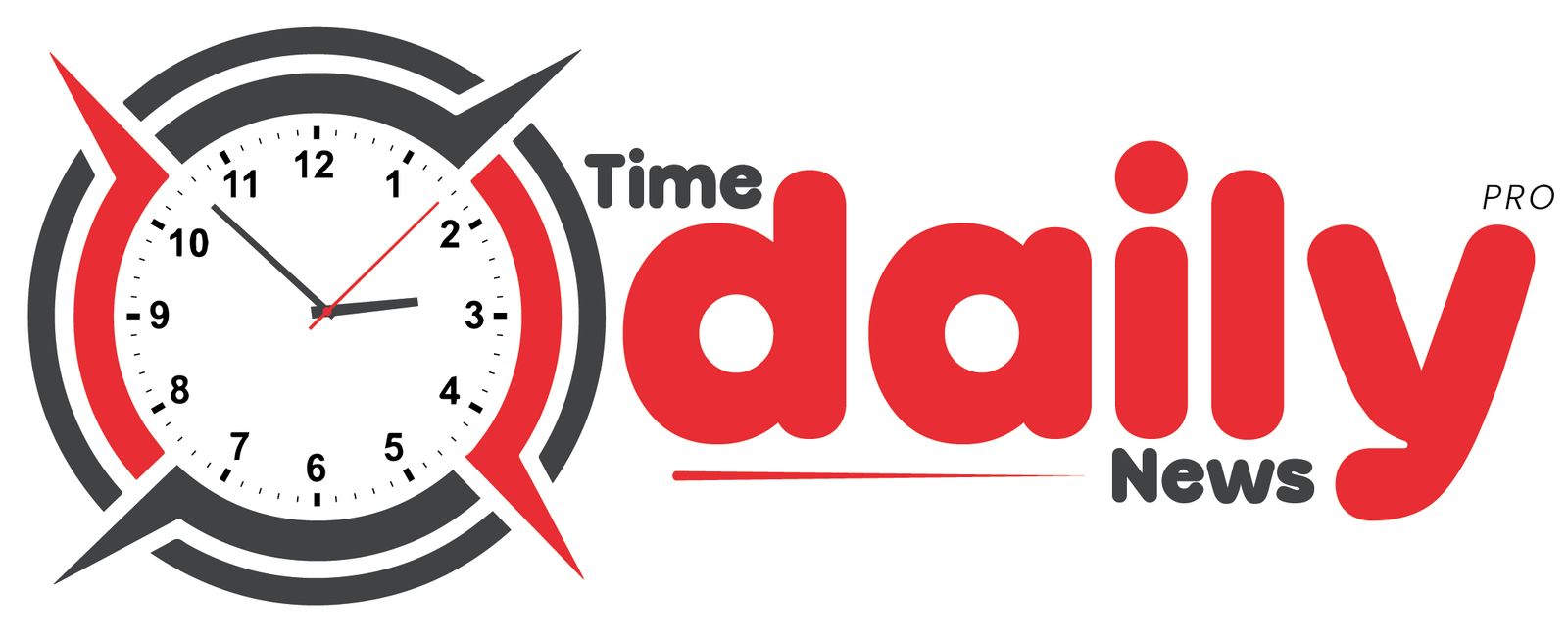In the rapid-fire, highly competitive economy of the present, innovation is not merely a choice. It’s a requirement. Companies are continually looking for means to provide smarter solutions, expand into new markets, and address increasing consumer needs. One strategy that is increasingly popular among visionary organizations and public institutions is the application of market led proposals (MLPs).
These proposals reverse the conventional model by enabling players in the private sector to come up with and drive development ideas that can serve both the public and private sectors. In this article, we’re going to explore what market led proposals are, how they operate, and why they’re becoming more significant drivers of business-led innovation.
What Are Market Led Proposals?
Market led proposals are unsolicited ideas or project proposals drawn by private firms and presented to government departments or public authorities, as opposed to mainstream government procurement, where the state determines the need; in MLPs, the private sector identifies a need, presents a solution, and sometimes arrives with finance, design, and implementation strategies.
This forward-looking initiative allows private companies to bring innovative concepts that governments might not have thought of, filling the gap between government needs and private ability.
How Market Led Proposals Work
The procedure for market led proposals will vary under local law or organizational preference but typically involves the following steps:
- Proposal Submission: A private firm finds an opportunity and makes a formal proposal.
- Initial Assessment: The public or government agency screens the proposal for feasibility, public benefit, and policy goal compatibility.
- Due Diligence: Financial models, risk analysis, and stakeholder effects are considered in greater detail.
- Negotiation & Approvals: The two parties negotiate terms if the proposal is feasible before obtaining official sanction.
- Implementation: Once agreed upon, the project enters implementation, headed by the private company with public monitoring.
Flexible Model Promotes Innovation While Ensuring Accountability.
Key Benefits of Market Led Proposals
1. Faster Innovation Cycles
MLPs eliminate bureaucracy and delay that usually come with government-led development. By having the private sector driving ideas, projects tend to go quickly from idea to implementation.
2. Better Resource Allocation
Governments are able to utilize private capital, hence minimizing public expenditure and financial risks. This is particularly beneficial during budgetary constraints.
3. High-Impact Solutions
Since industry professionals generate proposals, they are based on experience and facts and provide practical, scalable solutions.
4. Competitive Advantage
For companies, launching a successful MLP can make them innovation leaders and bolster their relationships with public institutions.
Real-World Examples
Though the idea was born in nations such as Australia and the UK, the model is being used more and more around the U.S. Here are a few conceptual models:
- Transportation: A technology firm suggests a smart tolling system for freeways, with sensors, artificial intelligence, and an app, promising to design, finance, and operate it.
- Healthcare: A private company offers a mobile clinic network pitch targeted to rural underserved communities, leveraging telemedicine and modular clinics.
- Education: An EdTech firm offers an MLP to connect AI-powered learning platforms in public schools, including teacher training and assessment tools.
These concepts typically solve the pressing needs of the public and create new business models.
Challenges to Consider
1. Transparency and Fairness
Because MLPs are frequently unsolicited, issues of fairness and competition may arise. Governments need to ensure open evaluation processes in order to avoid any semblance of favoritism.
2. Legal and Regulatory Barriers
In some places, legal frameworks to deal with MLPs are not clearly established, which makes approvals slow or complex.
3. Risk Management
Public agencies need to scrutinize the risks involved, such as financial viability, public opinion, and long-term value.
Best Practices for a Successful Market-Led Proposal
If your company is thinking of filing an MLP, remember the following tips:
- Research Public Needs: Identify the strategic priorities and pain areas of the agency or region you’re pitching to.
- Demonstrate Value: Ensure your proposal identifies benefits—cost savings, innovation, efficiency, and public impact—in clear terms.
- Be Transparent: Include thorough financial models, anticipated results, and risk alleviation strategies.
- Engage Early: Have early-stage, informal discussions with stakeholders prior to submission to establish trust and alignment.
The Future of Market Led Proposals
With government agencies seeking creative solutions to solve infrastructure, healthcare, education, and environmental issues, MLPs present a compelling future. They allow the private sector to drive initiative, promote public-private partnerships, and achieve progress in a cost-efficient and scalable way.
In an era where agility and innovation are more critical than ever before, market led proposals are not only a trend—they’re a roadmap to intelligent development.
Building a Collaborative Future
Market led proposals are a change in the way we do development and innovation. By enabling businesses to drive ideas and investment, we open up new avenues for growth, efficiency, and public value. As a policymaker, business leader, or interested observer of how development is done today, learning about MLPs is part of moving towards a more collaborative and innovative future.
FAQ
Market led proposals begin with private firms with innovative solutions, whereas traditional procurement is based on government-stated needs and open bidding.
Yes, though legality and the process differ by state and agency. Many jurisdictions are creating frameworks to back and assess MLPs openly.
Public value and potential for innovation in infrastructure, healthcare, education, technology, and transport projects are usually proposed.
A public need is to be determined by businesses, a clear proposal developed with the benefits explained and submitted to the applicable government agency according to local guidelines.



